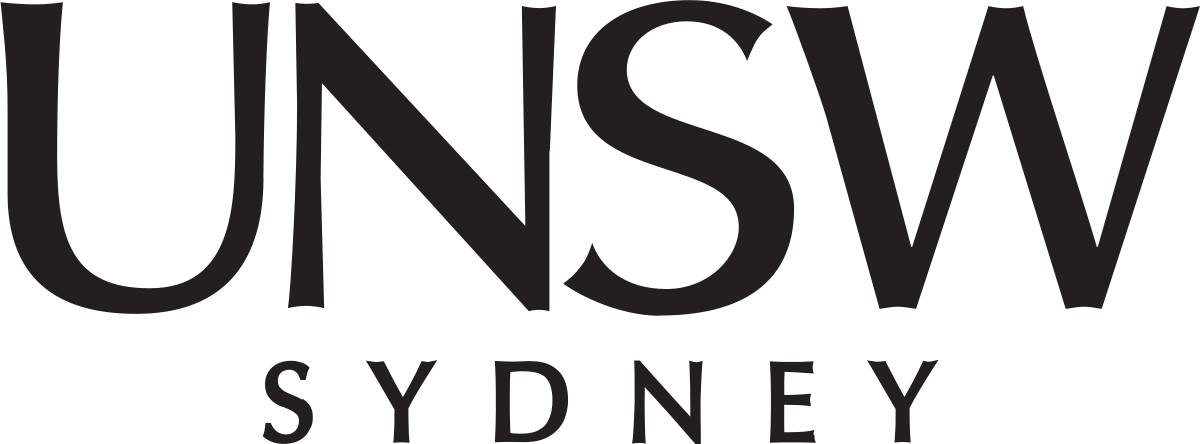Publication Targets
Introduction
To focus our publication activitiy and to provide guidance to students and early career researchers, showing them what to aim for in order to gain international recognition, we keep a list of “top-tier target venues” that we aim to publish in.
In TS we believe that such a list, if not outright peer-reviewed, at least needs to be open to scrutiny. We therefore believe that it is best to publish the list, as well as the process we used to construct it.
Process
In order to obtain a robust result that stands up to scrutiny, we decided on the following approach for constructing the list.
- Define a set of sub-disciplines which cover our research areas. Note that these are not meant to cover anything that might go as “software systems”, but should reflect the current and likely near-future research activities in TS, as well as the character of these activities (eg theoretical vs practical). As such, the set is likely to evolve over the years.
- For each sub-discipline, select a number (typically 6–10) of eminent people in the field. We have no formal definition of what makes someone “eminent”, but aim to pick researchers who everybody in the field would agree that they are among the highly regarded and established leaders. This means that the list makes no claim to being complete, only that everybody on the list clearly deserves to be in there. People on the list are normally ACM or IEEE fellows (frequently both), have (Google Scholar) h-indices above 50 and total citation counts exceeding 10,000 (although neither of these are absolute criteria), and frequently other indicators of esteem. One essential criterion is that they have a string of highly-cited publications in the area in during the last ten years, been active in in the field during the last five years. Also, in order to be suitable for this process, an eminent person's research must be comparable in character to ours (eg in distributed systems we are looking for systems people rather than theorists).
- For each of those heroes, list the venues where the bulk of their publications were in the last ten years (counting how many papers they published in each).
- Across each sub-discipline, the venues where the bulk of the combined publications of our heroes went establishes our target list, but we include only venues where several of our heroes have published frequently and recently.
This process produced surprisingly clear results, with hardly any borderline cases. In the case of borderline venues, the group leaders used their judgement (which generally was conservative, in the sense of excluding borderline venues). Judgement is also required in the case of relatively new venues (less than five years old). Such venues, if included in the list, will require re-confirmation through the standard process within a few years.
Disciplines and Venues
| Short | Discipline | Conferences | Journals |
Journal fraction |
Comment |
|---|---|---|---|---|---|
| OS | Operating Systems | ASPLOS, EuroSys, FAST, HotOS, OSDI, SOSP, Usenix ATC | TOCS | <10% | ignore theory |
| RT | Real-time / Cyber-physical Systems | ECRTS, RTAS, RTSS | RTS | 10–20% | ignore theory |
| DS | |||||
| Dep | Dependability and Safety | DSN, SRDS | TDSC | 20–30% | ignore theory |
| Sec | Security and Privacy | CCS, NDSS, IEEE S&P, Usenix Security | 10–20% | ||
| PL | Programming Languages and Systems | ECOOP, ESOP, ICFP, ISMM, OOPSLA, PLDI, POPL, PPOPP | JFP, TOPLAS | 10% | |
| Thy | Theory and Concurrency | CONCUR, FOSSACS, ICALP, LICS, RAMiCS | I&C, JACM, LMCS, TCS | 50% | |
| MC | Model Checking and Verification Tools | ATVA, CAV, FM, FORMATS, HSCC, QEST, SAS, TACAS, VMCAI | FMSD, JCSS, STTT | 35% | |
| TP | Theorem Proving | CADE, FMCAD, ITP, IJCAR, LPAR | FAC, JAR, TCS, TOCL | 25% | |
| N/A | General | SIGMETRICS |
Computing Surveys, CACM “Research Highlights”, any ACM or IEEE Transactions |
Notes:
- Some venues are relevant to multiple sub-disciplines, we only list them once in the most appropriate category.
- Only the complete list is relevant, the sub-disciplines are only a mechanism for deriving the list.
- The general category is to capture prestigious venues which are not discipline-specific or to recognise top venues for occasional out-of-area work.
- The journal fraction refers to the fraction of publicatons of our discipline heroes that was in journals.
- This list was derived for TS purposes. It does not pretend to be complete for other groups operating in software systems (which might have a different mix of theory vs systems work). However, we believe that the process for deriving it is widely applicable.
History
The present list was built in the first half of 2013, with minor adjustments since, to reflect the tighter research focus of the smaller TS group at UNSW. It is due for another revision.
